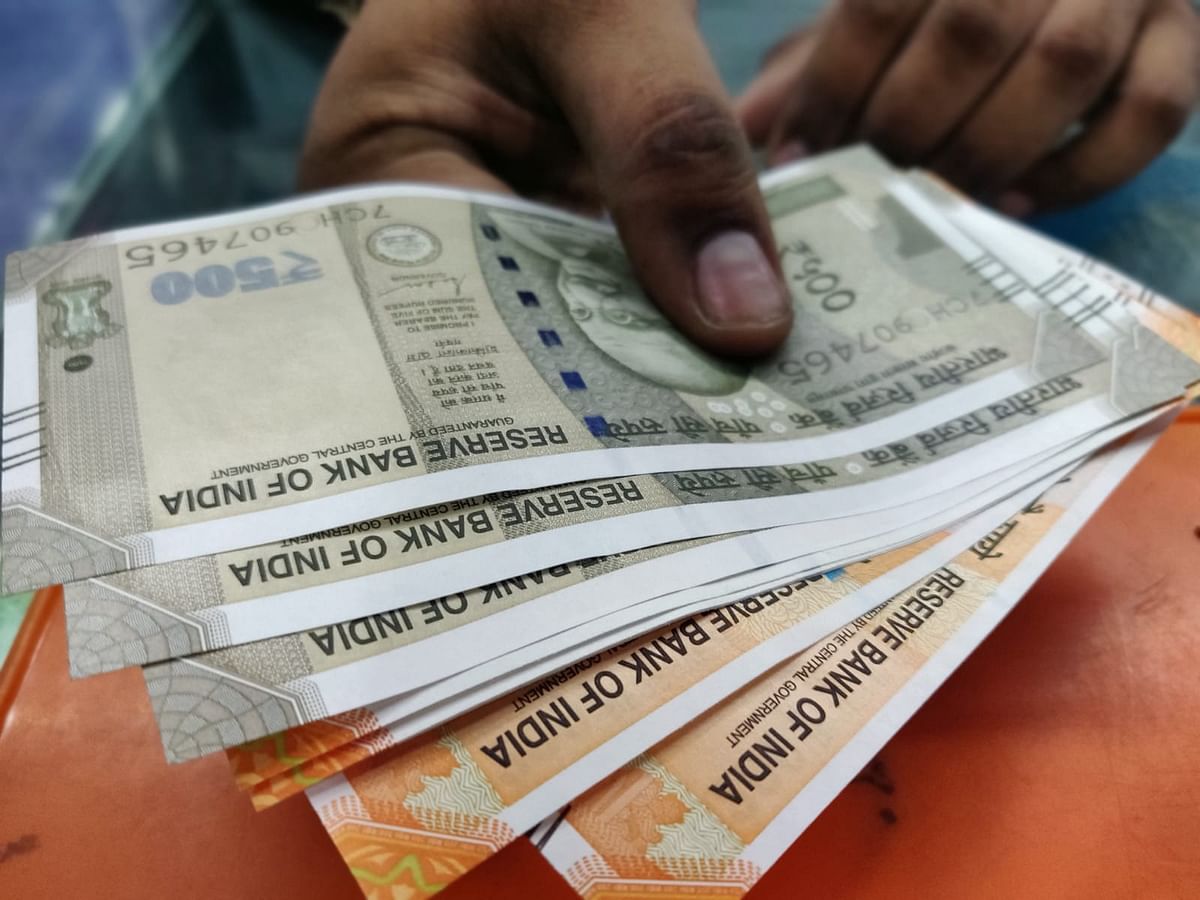The Indian rupee rose and fell last week but ended unchanged. In the face of dollar inflows, it has outperformed Asian currencies. The RBI shocked the market by announcing a 10% ICRR to curb inflation and eliminate excess liquidity while maintaining the other rate with a “withdrawal of accommodative” policy. Similar to its Asian counterparts, the domestic equities market continued to be under pressure. Through investments totaling more than $800 million during the last week, foreign institutions continued to be net buyers of Indian stocks and bonds.
The spot USDINR had its highest close since February 27 last week as it closed at 82.84. The situation is in favour of the Bulls club due to widespread strength in the dollar and risk-averse attitudes around the world. The pair is anticipated to find support at Rs 82.50 and resistance at Rs 83.30 in a week that has been cut short by holidays. For the third week in a row, India’s forex holdings fell to $601.45 billion. The rupee’s price movement has been constrained over the past few weeks as a result of the central bank’s interventions on both sides to reduce volatility and align the demand-supply matrix.
The dollar index ultimately closed the week with gains of 0.81% to 102.84 after oscillating amid conflicting US economic data, up for a fourth straight week for the first time since February. The diverse economic momentum and the developed countries’ current monetary policy mix are driving up the value of the US dollar. We are currently experiencing a situation where real Treasury yields and oil prices are rising together, which is known to favour the US dollar. Technically, the ICE dollar index has support at 101.50 and downward-sloping trendline resistance at 103.50, which is just barely above the 200 SDMA (103.42).
The most recent positioning statistics from the CFTC demonstrate that overall bearish sentiment towards the dollar has slightly subsided. The aggregate bear bet on the dollar against the major currencies returned to $15.8 billion as Non-Commercial Accounts reduced short dollar posture by a little over $3.4 billion in the week ending on Tuesday. Nearly all of the net speculative dollar-long liquidation is to blame for the decline in the dollar short posture. There was a $3.1 billion reduction in net long positions in euros.
Data from last week strengthened the argument for a protracted break in the Fed’s rate-hike cycle. For Indian traders, however, attention will turn to India’s CPI, which could rise above the RBI’s tolerance level amid rising vegetable and food item prices.

